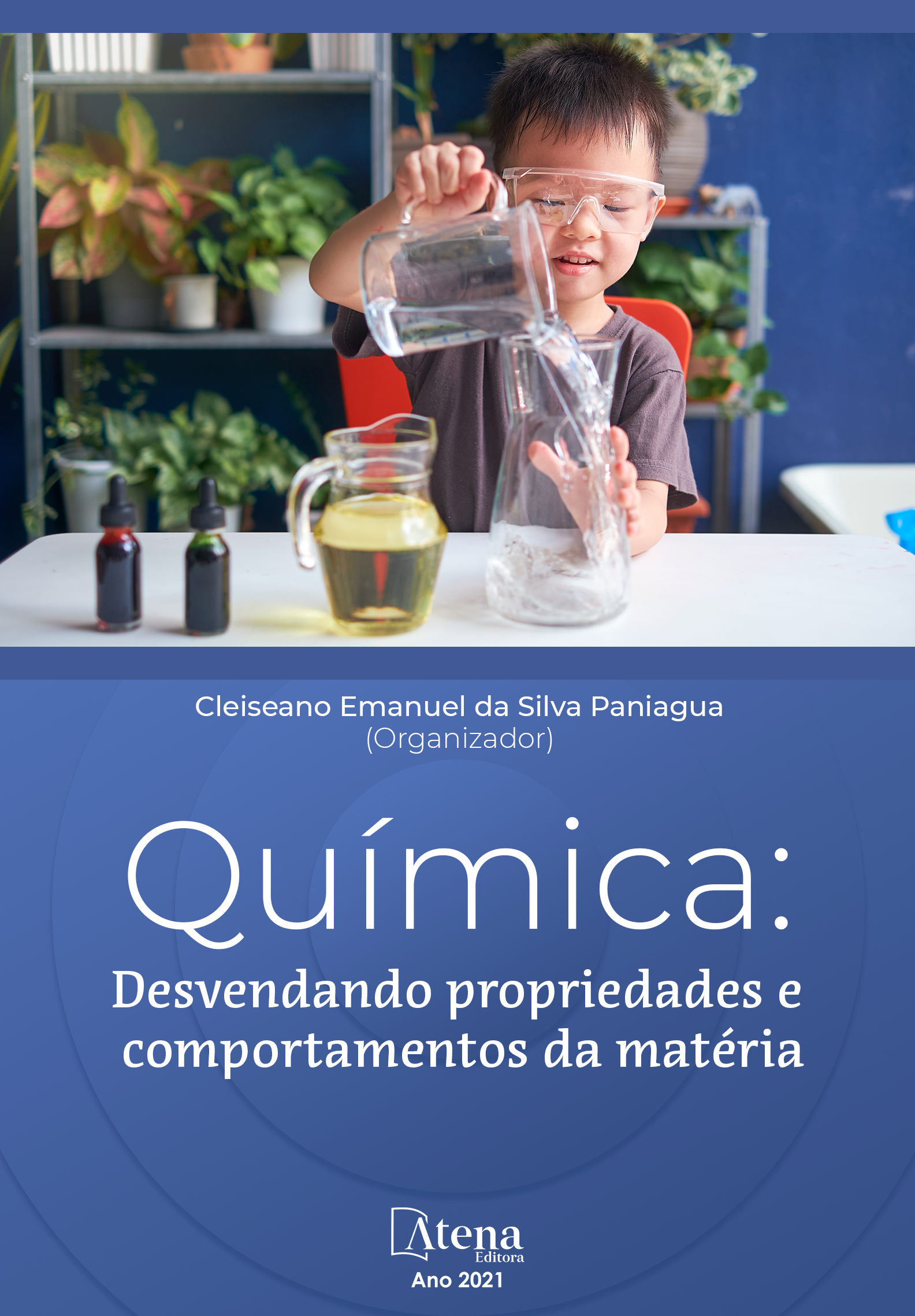
SÍNTESIS DE NANOPARTÍCULAS DE HIERRO (FeNPs) CON EXTRACTO ORGÁNICO DE Azadirachta indica (NEEM) PARA LA ADSORCIÓN DEL MERCURIO EN EL AGUA
Las nanopartículas de hierro (FeNPs), han demostrado poseer propiedades en la reducción de contaminantes en el agua, dado su tamaño molecular, forma, estado de oxidación, potencial redox, alta área superficial, alta capacidad de adsorción y reactividad. En los protocolos no ecológicos, se usa el amoníaco como agente reductor del hierro, pero este es muy contaminante, por ello, existe un creciente interés en desarrollar procesos de síntesis que reduzcan la aplicación de productos químicos tóxicos, ya que investigaciones han comprobado que el uso de los extractos orgánicos, resultan una opción promisoria, dado que contienen entre sus componentes, agentes reductores químicos aptos para la síntesis de las nanopartículas. Esta investigación describe la síntesis de las nanopartículas de hierro (FeNPs), utilizando el extracto orgánico de Azadirachta indica (neem), mediante un proceso optimizado con cloruro ferroso, cloruro férrico y una mínima cantidad de amoníaco. Posteriormente se las caracteriza a través de las técnicas SEM, XDR y EDS, para finalmente evaluarlas en diferentes concentraciones de Fe en presencia de Hg, y así determinar si existe una inactivación de las propiedades contaminantes de dicho metal en el agua. Las nanopartículas sintetizadas con el protocolo 1, muestran un mejor desempeño en relación a la cantidad de magnetita seca producida, menor tamaño, y razón atómica armónica en sus muestras. Las nanopartículas sintetizadas con el protocolo 2, presentan rangos de desempeño aproximados a los obtenidos por el protocolo 1, incluso en algunos desempeños, no existe significancia estadística entre los resultados de los dos protocolos. Las nanopartículas sintetizadas con el protocolo 3, mostraron la menor cantidad de magnetita seca producida, no se logró cuantificar el tamaño, ya que no se obtuvieron las respectivas imágenes del SEM, y los porcentajes de Fe son bajos en la correspondiente razón atómica.
SÍNTESIS DE NANOPARTÍCULAS DE HIERRO (FeNPs) CON EXTRACTO ORGÁNICO DE Azadirachta indica (NEEM) PARA LA ADSORCIÓN DEL MERCURIO EN EL AGUA
-
DOI: 10.22533/at.ed.3522112115
-
Palavras-chave: magnetita, complexometría, amoníaco, caracterización, protocolos
-
Keywords: magnetite, complexometry, ammonia, characterization, protocols
-
Abstract:
The iron nanoparticles (FeNPs) have been shown to have properties in the reduction of contaminants in water, given their molecular size, shape, oxidation state, redox potential, high surface area, high adsorption capacity and reactivity. In non-ecological protocols, ammonia is used as an iron-reducing agent, but this is very polluting, therefore, there is a growing interest in developing synthesis processes that reduce the application of toxic chemicals, since research has shown that the use of organic extracts is a promising option, given that they contain among their components, chemical reducing agents suitable for the synthesis of nanoparticles. This research describes the synthesis of iron nanoparticles (FeNPs), using the organic extract of Azadirachta indica (neem), through an optimized process with ferrous chloride, ferric chloride and a minimum amount of ammonia. Later they are characterized through the SEM, XDR and EDS techniques, to finally evaluate them in different concentrations of Fe in the presence of Hg, and thus determine if there is an inactivation of the contaminating properties of said metal in the water. The nanoparticles synthesized with protocol 1, show a better performance in relation to the quantity of dry magnetite produced, smaller size, and harmonic atomic ratio in their samples. The nanoparticles synthesized with protocol 2, present performance ranges approximating those obtained by protocol 1, even in some performances, there is no statistical significance between the results of the two protocols. The nanoparticles synthesized with protocol 3, showed the lowest amount of dry magnetite produced, it was not possible to quantify the size, since the respective SEM images were not obtained, and the percentages of Fe are low in the corresponding atomic ratio.
-
Número de páginas: 25
- Gregorio Humberto Vásconez Montúfar
- Ida Ivete Campi Mayorga
- Bayardo David Caicedo González
- Marcel Oswaldo Méndez Mantuano


